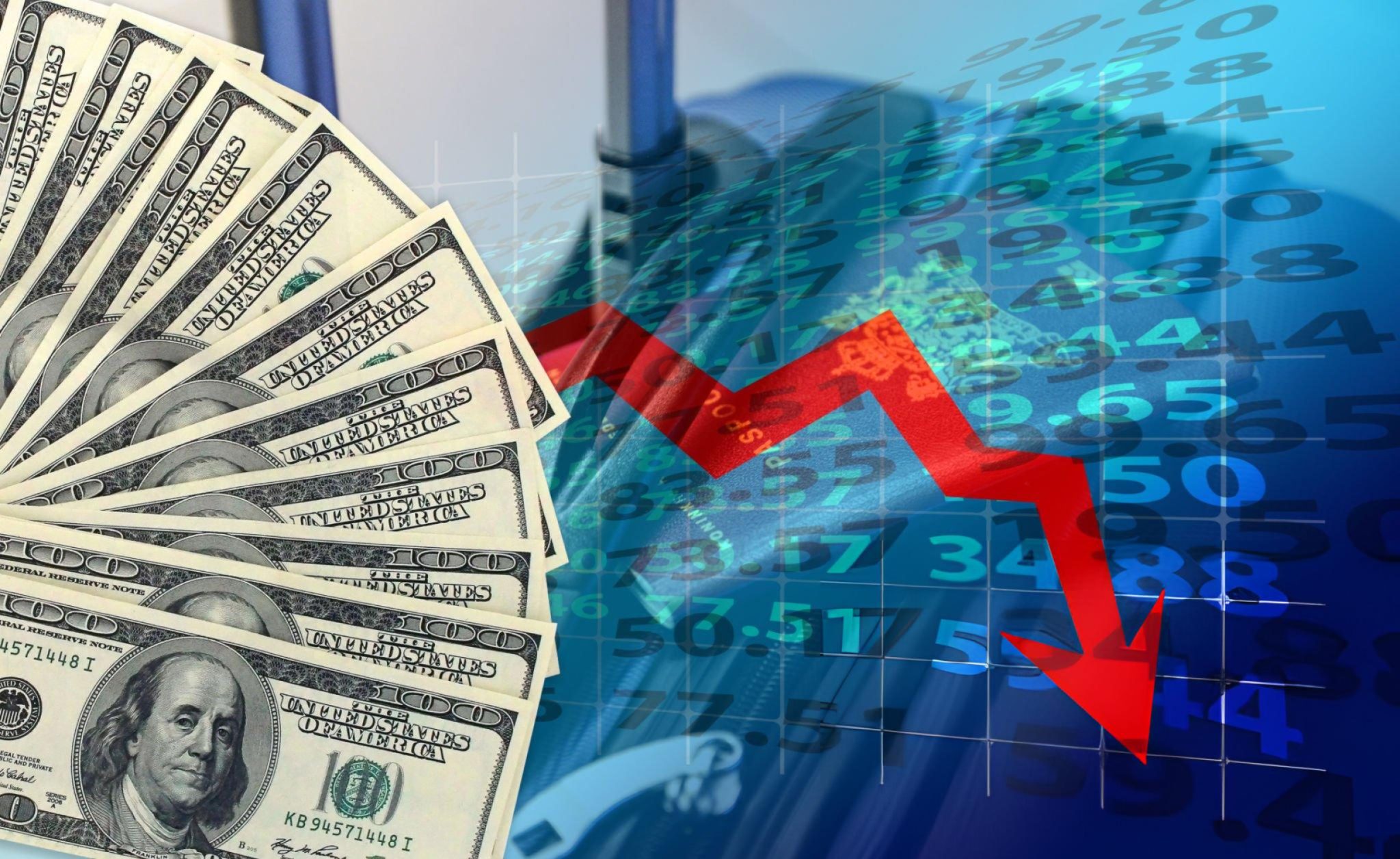The American Institute for Economic Research recently reported that its Everyday Price Index showed a notable increase, an indication of a large consumer price increase in essential goods and services. The spike in the EPI by 0.73 percent indicates ongoing and intensified inflationary pressures affecting countrywide household expenditures.
The EPI, the daily cost of living index observed by AIR, was designed to give Americans insight into everyday things: groceries, fuel, utilities, and other items common along life’s journey. It is narrow, attuned to essential goods and services, unlike broader measures of inflation, like the Consumer Price Index, which covers a rather vast basket of goods and services.
The recent uptick in the EPI flags some important causes of higher consumer prices. One important driver is the far-flung persistence of global supply chain disruptions induced by the COVID-19 pandemic, grossly affecting the availability and cost of raw materials, transportation, and finished goods, causing price volatility in most sectors of the economy.
Decreased labor and wage pressure is yet another factor that contributed to the escalation of costs for companies, which in turn passed them down to consumers. Some of the industries that have not succeeded in getting and keeping enough workers include manufacturing, hospitality, and retail. This has forced employers to offer better wages and benefits to be attractive to prospective workers, hence raising labor costs. When firms try to maintain profitability, these rising labor costs can be passed down to consumers through higher prices on goods and services.
Another driver of the EPI has been energy prices. Changes in the price of oil and gas, as determined by geopolitical events and worldwide demand, were a significant driver of higher costs to the consumer in transportation and heating. More expensive energy mixes do not only have an impact on the pockets of most people, though; costs like these work their way downstream through the economy, having an effect on the producer prices of goods that require energy-intensive production and distribution processes.
The trajectory of consumer prices has been further shaped by inflation expectations and monetary policy decisions. The work of the Federal Reserve to manage inflation through adjustments in interest rates and monetary stimulus measures has, in particular, been in the spotlight as policymakers walk the tightrope to balance economic growth and price stability. However, the effectiveness of such measures in mitigating inflationary pressures is still highly debated among many economists and policymakers.
The surge in EPI, therefore, is bound to have serious implications for American consumers. Household budgets are stretched, with the continued rise in the cost of essentials impacting purchasing power and discretionary spending. Lower-income households will suffer more since they use a larger share of their income for basic needs.
Another cornerstone of household expenses, the housing market, has also seen remarkable price increases, which are captured in the EPI. These increases have translated into higher home prices and rental costs, outpacing wage growth across much of the country. Again, that causes housing affordability to be hard on both prospective buyers and renters. These trends underscore more about the broad reach of inflationary pressures on the financial well-being and housing security of Americans.
Coupled with this, the dynamics in the economy—such as consumer price inflation—put the household in an environment where price transparency and budgetary discipline are key. Comparison shopping, looking out for discounts and promotions, and spending only on essential goods can make such a blow a little more digestible for household finances. That is, financial planning and budgeting tools have a place when it comes to learning to adjust to new economic times by setting priorities regarding financial goals.
The path of the EPI going forward and general inflationary trends are likely to have further implications for economic policy and consumer confidence. The Federal Reserve policy, market reactions, and global economic conditions set a path for consumer prices and household finances in the future. If policymakers and businesses adapt to the challenges of frugality, maintaining price stability and supporting resilience in economies will be very important to the long-term success of economies.
In summary, the latest surge in the AIER’s Everyday Price Index reflects emerging, relentless inflationary pressures on American consumers. From supply chain disruptions and energy costs to wage pressures, a wide variety of forces underlie this rising cost of living. While households adapt to these challenges, proactive financial management and informed consumer household choice will be essential in dealing with the dynamics of the economy.







